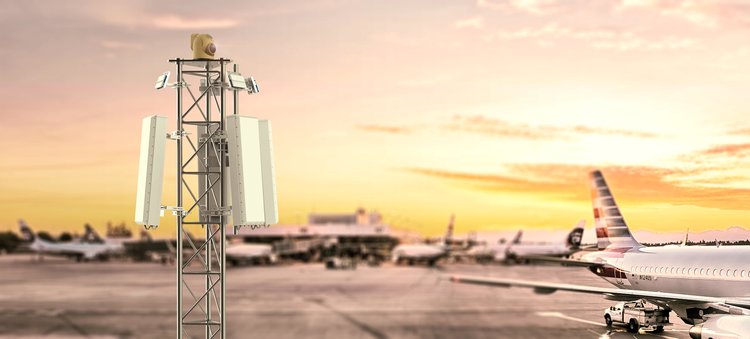
An Australian company with technology it says could have prevented the London Gatwick travel chaos has warned airports will increasingly need anti-drone defenses as remotely piloted aircraft become more sophisticated.
Sydney-based Droneshield has been working on technology for the last five years to detect unwelcome drones and bring them down when it does.
It has attracted the attention of police and military forces and Droneshield chief executive Oleg Vornik says it is “highly applicable” to airports such as Gatwick.
He believes the company’s technology would have detected the drone, brought it down and helped authorities track down the operator.
READ Military called in to help with Gatwick travel chaos.
“We have passive detection sensors which are effective up to five kilometres away, ‘’ he told AirlineRatings.
“The sensors are completely passive and they listen for the handshake connection between the drone and the controller.
“They don’t interfere with any other equipment at the airport like the radar or equipment at the ground control station or in the aircraft.
“They are able to accurately position the drone and send alerts. They send alerts in real time and they easily integrate into existing airport security equipment.”
Vornik said detecting a drone was part of a two-step process that included countermeasures to bring down a drone.
Droneshield produces a sci-fi rifle-like device it calls a Dronegun Tactical that has a range of up to 1km.

“We use particular kinds of jammers which are very surgical, meaning they jam the signal frequencies the drones use but not anything else,’’ Vornik said
“So, for example, they will not interfere with radar at the airport or cellular phone communications or emergency broadcast or control communications.
“So you will disable the drone but you’re not going to interfere with any other equipment.”
Vornik said the technology had undergone independent testing and certification by a laboratory in the US that showed it was safe for use at airports.
He said the US Federal Aviation Administration viewed counter-drone technology as critical but he expected to it take some time before it was approved for use in the US.
What was more likely was that a smaller environment such as Australia or the UK would see its deployment first.
And while he was not aware of any airports globally that had full deployment of counter-drone technology, he expected there would be a domino effect once it was.
“I think the moment we see the first of the airports deploy counter-drone technology, we expect it to spread really quickly,’’ he said.
One problem was that airports that had approached the company about its technology were reluctant to be the first to deploy it.
“Part of the issue, of course, is that people are reactive and until you have incidents like the one at Gatwick, it takes a while for somebody to finally push the button,’’ he said.
”We hope that as negative as the Gatwick development is, it will hopefully be the driver for accelerating the deployment of counter-drone technology.”
The Droneshield chief said drone technology had improved quickly in the past five years and he expected this to continue, posing further problems for airports.
“We see the next generation of drones flying even further, maybe getting around via autopilot with GPS waypoint navigation,’’ he said.
“Swarms are going to become more and more prevalent so one person, rather than flying one drone into Gatwick will be fly 50 drones into the airport, all completely on autopilot.”























